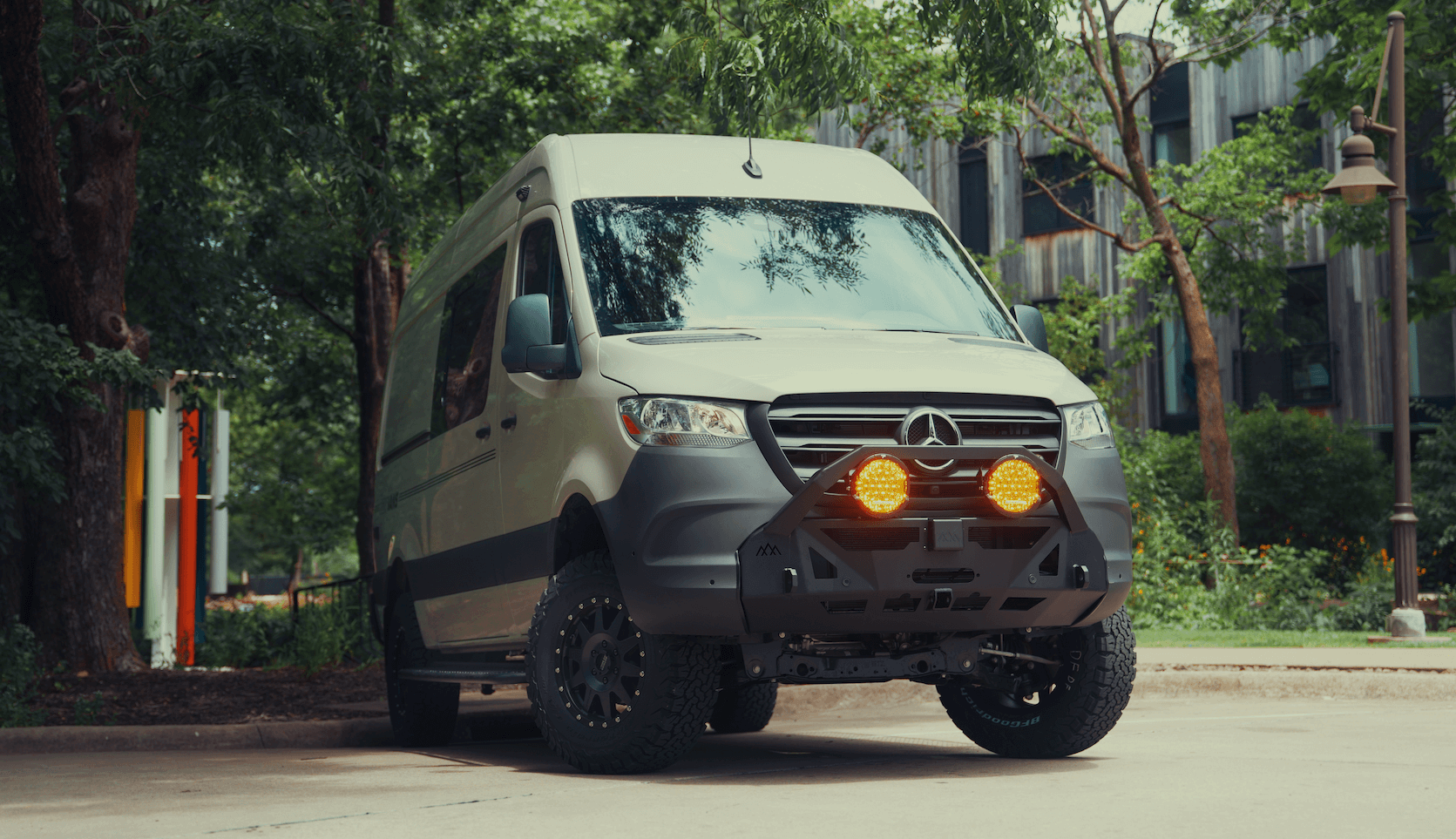Recreational Vans

Propane lockers serve one job: contain the cylinder and route any leaked gas outside the living space. Propane is denser than air, so it collects low and flows to the lowest exit. That physics drives every decision about vent placement, locker construction, and pass through fittings. A well designed vent path also reduces moisture and odor buildup, keeps ignition sources away from the gas, and makes inspection and maintenance easier.
Pressure cylinders must sit upright in a sealed compartment that is isolated from the cabin. The only opening should be a dedicated low vent that leads directly outside. Electrical devices, open drains to the interior, and storage for unrelated items do not belong in the locker. Follow recognized RV and marine standards and equipment manufacturer instructions, and always pressure test after any work.
A drop vent should be at the lowest point of the locker so heavy gas can exit without pooling. The path should be as short and straight as possible to daylight. Avoid routing into wheel wells, rocker cavities, or any space that is not truly outside. The exit should face downward or be protected to shed water and road spray while remaining unobstructed.
Keep the opening free of restrictions. Screens and louvers can reduce effective area; if used, pick components rated for gas lockers and sized accordingly. Aim for smooth interior surfaces and gentle bends so gas does not stagnate. The locker lid or door can include an upper relief gap only if the design still isolates the living space and maintains the low vent as the primary exit to outside.
Bottom drop vents generally provide the most reliable path because leaked gas immediately finds the low point. Side vents can work if they are positioned at floor level and route directly outside, but they are more prone to blockage from debris.
Place the outlet where road gravel and water cannot hammer the opening. A downward facing mushroom vent or a short tube that ends below the floor, ahead of rear tires, helps keep the path clear while maintaining free flow.
Construct the compartment from corrosion resistant material with tight seams. Use a continuous gasket on the lid or door that compresses evenly and stays elastic in heat and cold. Any valve access should remain inside the locker so you can close the cylinder at the source without opening the gas line to the cabin.
All penetrations for copper tube or approved hose must use bulkhead fittings or grommets designed for gas service. These components protect against chafe, hold seal integrity, and help keep the locker airtight to the living space. Do not share the compartment with batteries, inverters, or anything that can spark.
Place the regulator where it stays dry, protected, and accessible for testing. Many builds mount the regulator inside the locker with a vented cap per manufacturer guidance, or just outside on a bracket with a dedicated drip shield. Keep pigtails short, sized for the regulator inlet, and free from twisting.
After installation or service, perform a pressure decay or bubble test on the system before opening appliances. A low mounted propane detector in the cabin adds another layer of protection, especially near the galley or heater. Inspect pigtails, O rings, and regulator date codes during routine service and replace anything cracked, corroded, or out of spec.
Keep the locker clean and dry. Do not store tools or cleaners in the compartment since they can damage seals or block the vent. Confirm the outlet is clear after dusty trails or winter road grime. If you ever smell gas, close the cylinder valve, ventilate to outside air, and have a qualified technician inspect the system before relighting anything.
When you want professional execution, our team designs sealed compartments, selects compliant hardware, and routes a clean vent path that does not fight the vehicle layout. If you are planning a full build, explore our recreational vans to see how we integrate safe gas systems with cabinetry, power, and climate control. For one off layouts or a ground up rig, our custom van builds show the level of detail we bring to every installation. If you need a platform that can finance, review our finance friendly vans as a starting point.
Tell us how you cook and heat on the road, and we will engineer a propane locker ventilation plan that matches your appliances and travel climate. From sealed compartments and drop vents to detectors and shutoffs, we design for safety first, then package it cleanly in your interior.
What OZK Customs does
Complete custom builds and partial upfits for adventure vans and overland rigs
Code conscious gas system design with sealed lockers and exterior venting
Integrated cabinetry, power, water, lighting, and heating to suit your route
Ready to spec a safe propane system for your van build? Our team designs sealed lockers, exterior drop vents, and code-conscious layouts that match your appliances and travel style. Share your goals, and we will engineer a clean, compliant solution that is road ready.
ADDRESS:
6159 E Huntsville Rd, Fayetteville, AR 72701
PHONE:
(479) 326-9200
EMAIL:
info@ozkvans.com